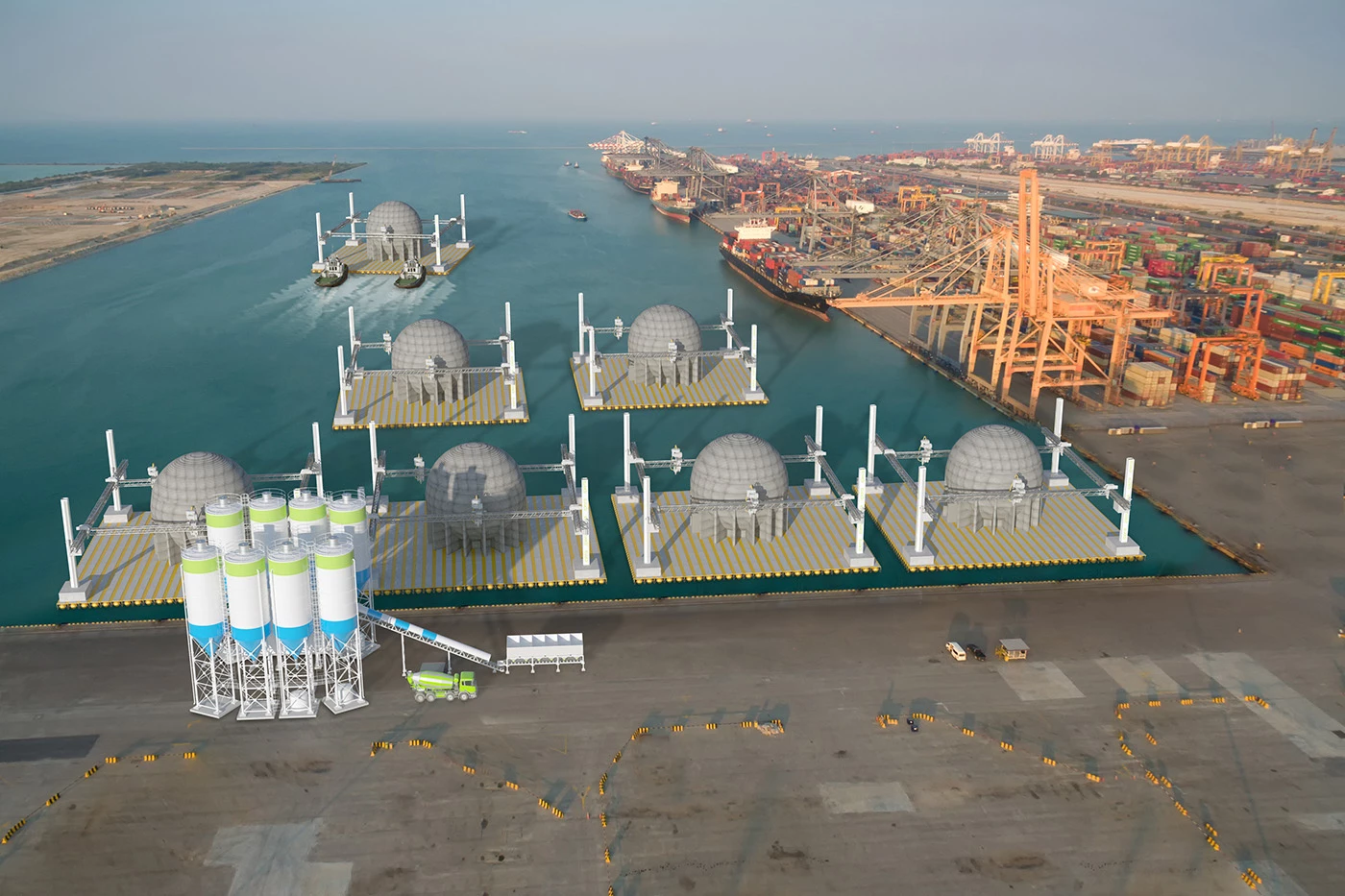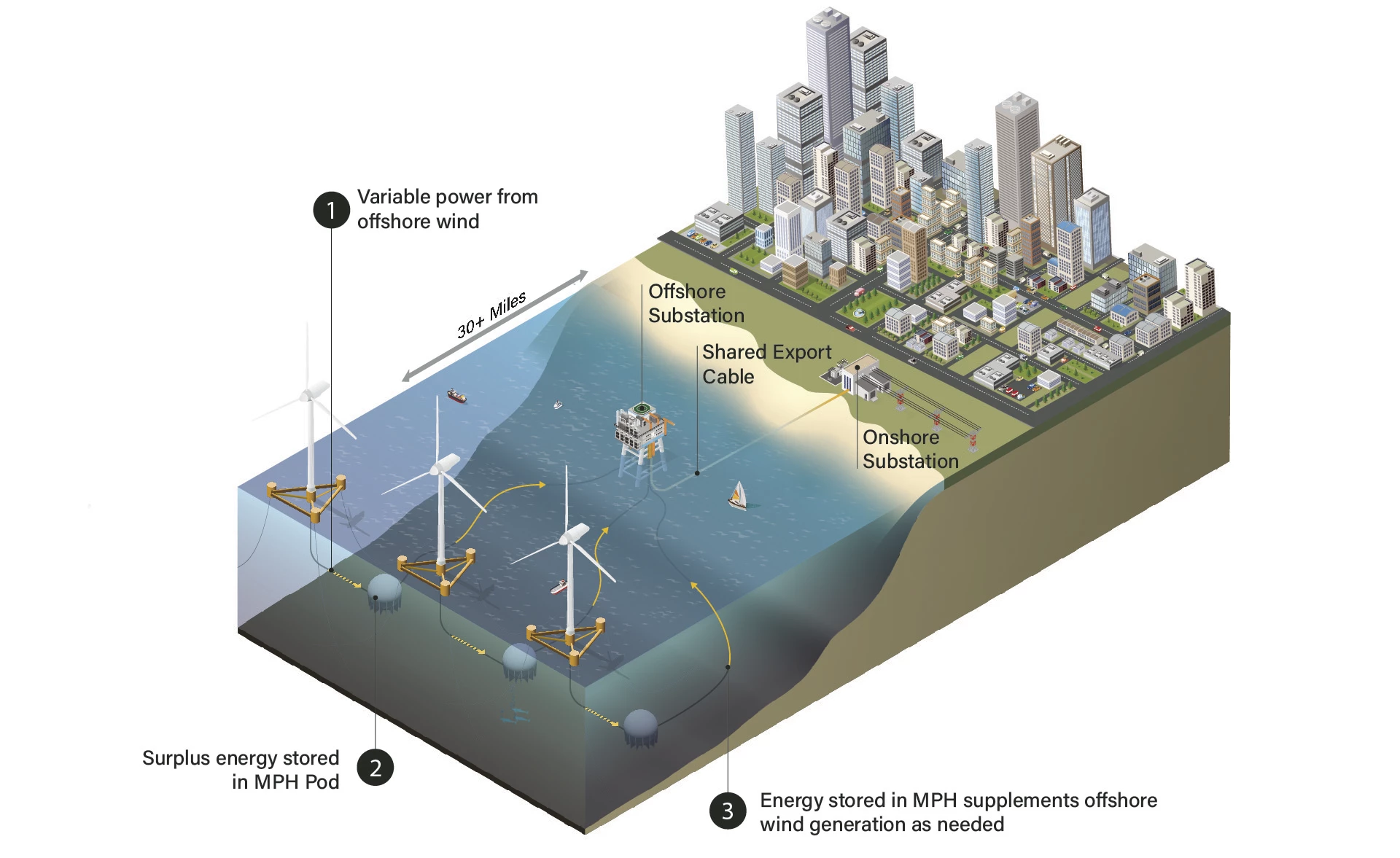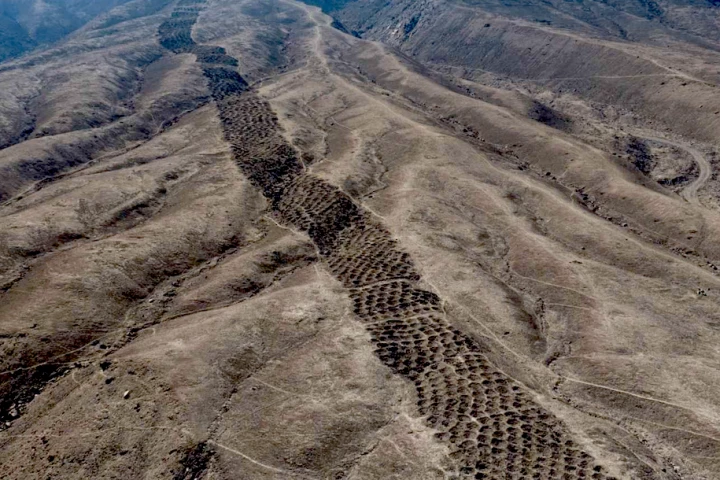In an effort to reduce the use of precious land to build renewable energy storage facilities, the Fraunhofer Institute has been cooking up a wild but plausible idea: dropping concrete storage spheres down to the depths of our oceans.
Since 2011, the StEnSea (Stored Energy in the Sea) project has been exploring the possibilities of using the pressure in deep water to store energy in the short-to-medium term, in giant hollow concrete spheres sunken into seabeds, hundreds of feet below the surface.
An empty sphere is essentially a fully charged storage unit. Opening its valve enables water to flow into the sphere, and this drives a turbine and a generator that feed electricity into the grid. To recharge the sphere, water is pumped out of it against the surrounding water pressure using energy from the grid.

Each hollow concrete sphere measures 30 ft (9 m) in diameter, weighs 400 tons, and will be anchored to the sea floor at depths of 1,970 - 2,625 ft (600 - 800 m) for optimal performance.
Fraunhofer has previously tested a smaller model in Europe's Lake Constance near the Rhine river, and is set to drop a full-size 3D-printed prototype sphere to the seabed off Long Beach near Los Angeles by the end of 2026. It's expected to generate 0.5 megawatts of power, and have a capacity of 0.4 megawatt-hours. For reference, that should be enough to power an average US household for about two weeks.

The bigger goal is to test whether this tech can be expanded to support larger spheres with a diameter of nearly 100 ft (30 m). Fraunhofer researchers estimate StEnSea has a massive global storage potential of 817,000 gigawatt-hours in total – enough to power every one of approximately 75 million homes across Germany, France, and the UK put together for a year.
The institute estimates storage costs at around US5.1¢ (EUR 4.6¢) per kilowatt-hour, and investment costs at $177 (EUR 158) per kilowatt-hour of capacity – based on a storage park with six spheres, a total power capacity of 30 megawatts, and a capacity of 120 megawatt-hours.

According to Fraunhofer, StEnSea spherical storage is best suited for stabilizing power grids with frequency regulation support or operating reserves, and for arbitrage. The latter refers to buying electricity at low prices and selling it at high market prices – which grid operators, utilities providers, and power trading companies can engage in.
Ultimately, StEnSea could rival pumped storage as a way to store surplus grid electricity, with an obvious advantage: it doesn't take up room on land. Plus, pumped storage only really works when you have two reservoirs at different elevations to drive pumps that act as turbines. While pumped storage is cheaper to run and slightly more efficient over an entire storage cycle, StEnSea can potentially be installed across several locations worldwide to support immense storage capacity.

The US Department of Energy has invested $4 million into the project, so it will be keen to see how the 2026 pilot plays out off the California coast.
If you enjoy discovering all the weird ways in which we produce and store energy, see how falling rain can generate electricity, and get a closer look at plans to turn millions of disused mines around the world into massive underground batteries.
Source: Fraunhofer IEE





